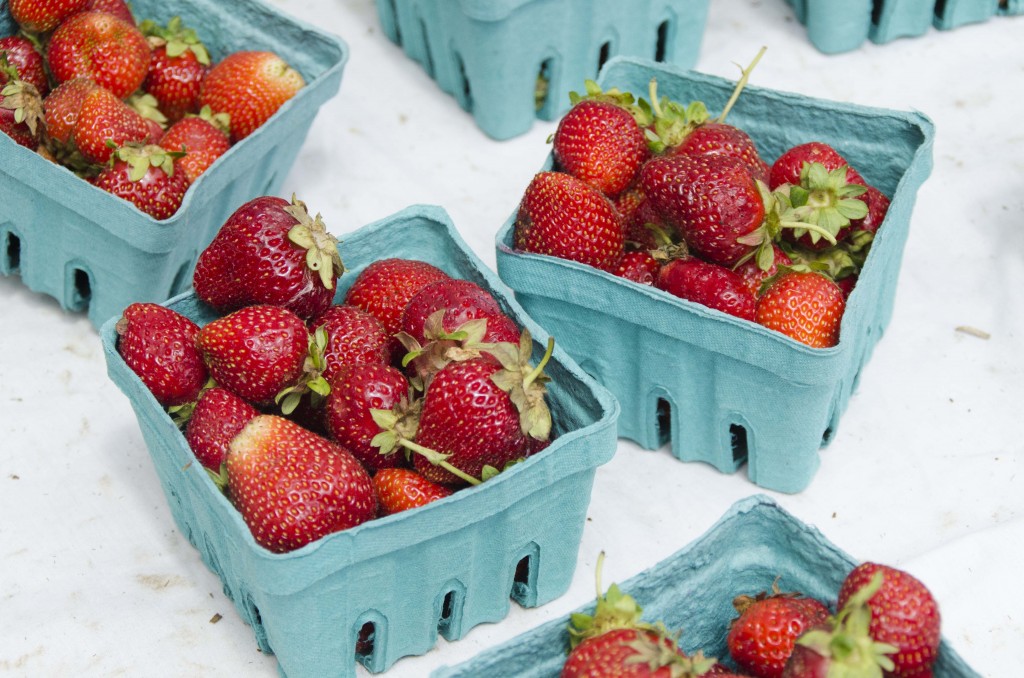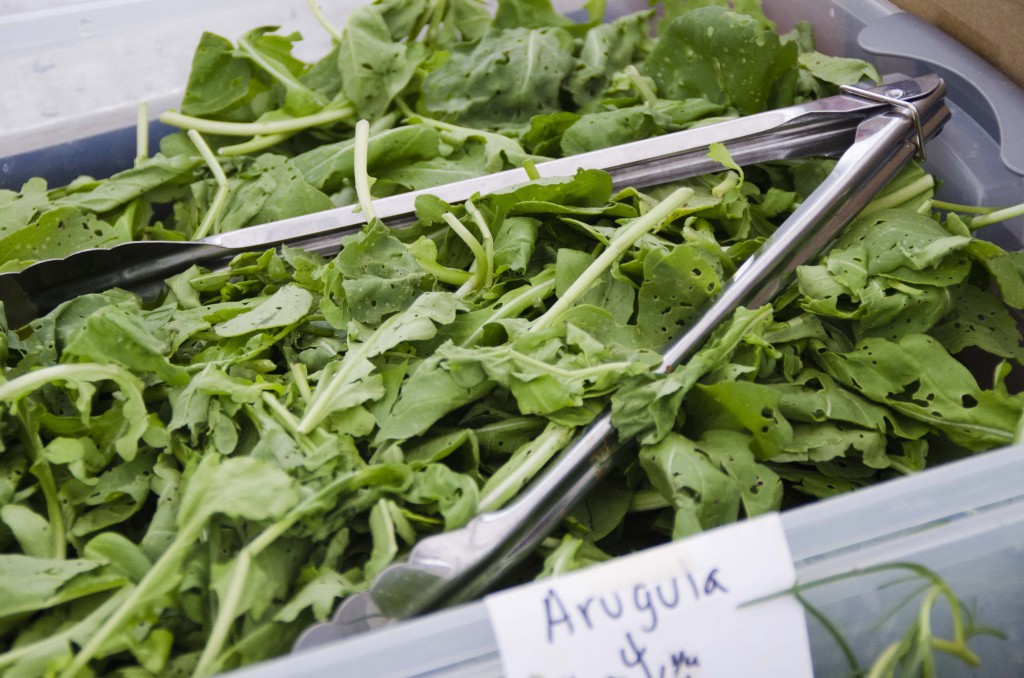It’s summer and perhaps the only time of the year when college students can give some legitimate thought to what they should and can eat (because let’s be real, healthy food gets put on the back burner when there are midterms to take and papers to write).
That’s why when you’re scouring the supermarket or—even better—a local farmer’s market for some prime produce, it’s more important than ever to select the best. Nothing is more disappointing than examining countless cantaloupes before you finally decide you’ve found The One, pay for it, and then lovingly, delicately slice into it only to find out that it’s bland, tasteless and heartbreakingly unripe. *Cue dramatic music* It’s a fine time to present a list of 10 popular in-season produce items and how to tell whether they’re ripe or not.
Fruits

Photo by Becky Hughes
Berries
Berries should have rich depth of color to them, and blueberries should have have light hues of white with definite plumpness. Watch out for still-attached stems, indicating a premature harvest, and check the container thoroughly for any stains that might mean the berries are past their prime.
Cantaloupe
Ripe cantaloupe should have a firm exterior with an underlying orange-white color, and the stem end should have a relatively obvious musky, sweet smell. Avoid ones with a slightly moldy fragrance or no smell at all.
Cherries
Choose cherries with glossy, unblemished skin, bright green stems and firm, plump flesh.
Figs
Ripe figs should be smooth, firm with slight yield to pressure and give easily to the knife when cut into (although cutting into unpaid fruit is frowned upon in most stores).
Stone fruits
The most telling signs of ripeness are fairly tender flesh that gives to light pressure, lack of brown or wrinkly blemishes on the skin and a full-bodied aroma.
Vegetables

Photo by Becky Hughes
Arugula
Arugula is so hip, and is even a great pizza topping. In terms of wild arugula (which has a more complex, peppery flavor than baby arugula), select ones with snappy stems that are green and crisp.
Beets
Find beets that are very firm with bright, fresh green tops.
Corn
Select fat cobs of corn with husks devoid of holes or browning. If allowed, pull the husk back to check if the top of the cob is dense with kernels, as this is a sure indication of it being ripe and ready to eat.
Cucumber
Ripe cucumbers are firm, medium to dark green without any yellowish tinge and without wrinkles. Choose smaller cucumbers over big ones, as small ones have fewer seeds.
Eggplant
Do some digging for eggplants with a dull sheen and bright purple color, firm skin that springs back up under light pressure and heaviness for its size.
After practicing your new produce-picking skills, try out these super fresh recipes:

